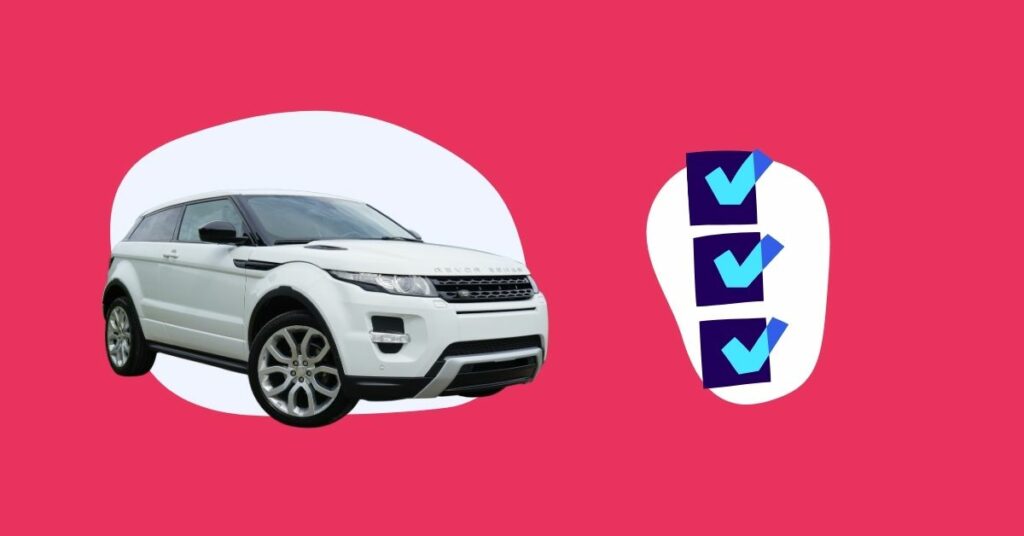When you occasionally use your car for your business, it is allowed in your accounts. We explain here exactly how this works for sole proprietors.
Deductibility car in your sole proprietorship
Car taxation has an amount of special rules. Despite the fact that you enter car costs in exactly the same way as any other cost in Dexxter, Dexxter applies a lot of extra calculations to make sure the car taxation is correct for your sole proprietors’ accounts.
To do this, we need to zoom in on two concepts: the car’s tax deductibility on the one hand and the percentage of private use on the other.
Tax deductibility of the car
We are very proud of this at Dexxter, because it is fully automatic in our software. If you enter a car expense for a passenger car (e.g. purchase, fuel, maintenance, insurance, etc.), you will notice that you also have to create a car in this flow to enter the expense.
This is where we question some necessary basic data about that car to ensure that the underlying tax system runs perfectly. Car deductibility? No worries about your car expenses, Dexxter has all those scenarios covered!
Private use in a sole proprietorship
As with any other expense in your sole proprietors’ business, you will also need to take a moment to consider its private use. Would you like some extra information on the professional use and private use of an expense first ?
The percentage of private use is separate from the tax deductibility above, so you have tax deductibility on the one hand (Dexxter does the automatic!) and private use on the other.
For example, if you enter a car expense in Dexxter, you will see that the professional use % is set to 20% by default. So that’s 20% for your profession and 80% for private.
This 20% professional use % is a safe estimate, which is an acceptable percentage in case of a tax audit. However, if you use your car more than 20% for your self-employed activities, you can safely increase that professional use %.
Make sure you can justify the percentage and explain it in the event of an audit.
You can do this, for example, by keeping a very good record of how many kilometres you drive for your business and how many you drive for private purposes. On that basis, you can adjust your professional use percentage.

Already bought the car before you started working as a self-employed person?
Tax deductibility car & private use? An example!
For example, you have a fuel cost for your passenger car worth 100 euros excl. VAT. First you need to determine the professional use percentage, let’s assume 20%.
1) Professional use percentage
100 euro expenses * 20% professional use % = 20 euro eligible for your self-employed activity.
The other 80% is then labelled private use, nothing happens with that for your accounting.
2) Tax deductibility car
That leaves 20 euros that is professional, but it is not fully tax deductible.
The type of car you have determines the extent to which this professional expense is therefore tax deductible.
Dexxter calculates this automatically for you. This is a calculation based on the purchase date of your car, the CO2 emissions, the fuel type, etc.
If you are interested in this, you can find some extra information on car taxation here.
Back to our example! What remains of that 20 euro professional expense, after applying the tax deductibility, then effectively counts towards your accounting. Let’s make it concrete and say your car has a tax deductibility of 60%, calculated fully automatic & correctly by Dexxter.
That leaves 12 euros for your accounting, which is 60% of those 20 euros. So that 12 euros effectively counts, which will cause your profit to drop by 12 euros.
So we went from 100 euros (total expenses) to 12 euros (what effectively counts for your accounts).
In doing so, we first marked 80 euros as private use, via the professional use percentage estimated at 20% (and therefore 80% private use).
Then another 8 euros was not tax deductible (60% tax deductible & 40% not tax deductible), through a fixed calculations based on the characteristics of your car. That 8 euros gets stamped ‘rejected expenses’ in technical jargon. By the way, you can find the total amount of those rejected expenses neatly in Dexxter, that way you know exactly how much of your car expenses do not count for tax purposes.

Tip:
In Dexxter, this all ends up automatic based on very simple input fields.
Passenger cars 🚗
Everything we discussed above only counts for a passenger car! Tax deductibility does not play for a light cargo & not for a motorbike either. You do have to limit these two categories according to the professional use percentage, but there is no further limitation!
So only the passenger car and related costs are subject to the professional use percentage on the one hand & the tax deductibility on the other.
Are you unsure whether your car is a light cargo or a passenger car? Discover the definition of a light cargo here.






